GLC Lightning Spread Deck
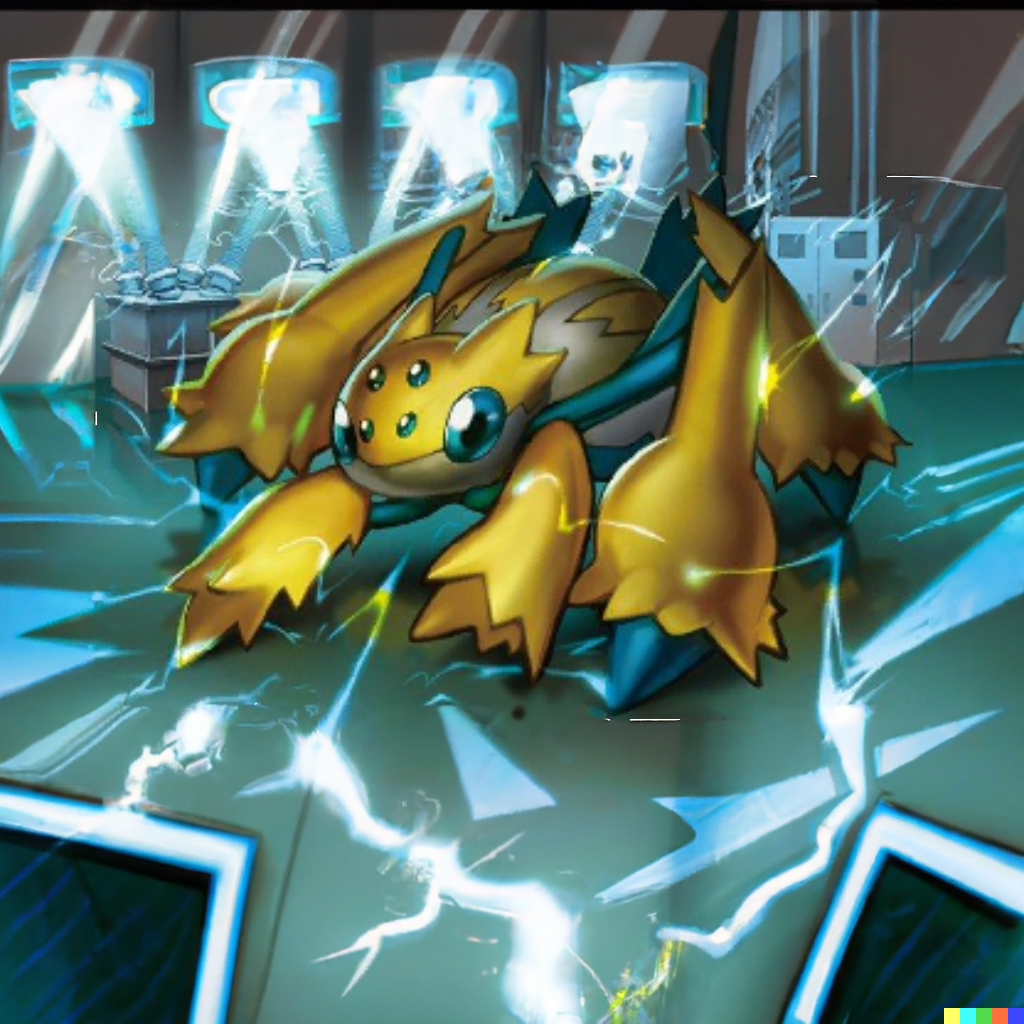
Spark Assault -- Opportunist Lightning
Introduction
Overall, the Lightning type is known (both in-game and in the TCG) for its speed, and in my opinion, this is something you really have to lean into to build a good Lightning deck. Without the high HP totals of types like Water, Grass, or Colourless, and low in extreme damage output, you have to make sure you can consistently hit every turn, from turn 1.
Fortunately, Lightning has some really good tools to do just this, and that’s why I’d categorise this deck as being “opportunist” rather than a typically fast “turbo” build. Where a turbo deck typically works single-mindedly towards a specific play, this deck can use whatever route is most convenient in the moment to maximise its effect each turn.
Strategy
This deck is built to go second and have as explosive of a first turn as possible, with particular emphasis on Zapdos or Minun as a turn 1 attack. To achieve such a Lightning-fast start, the deck plays cards like Battle VIP Pass (a common sight in standard, but something of a statement in a singleton format), along with a strong base of search Supporter cards – Guzma & Hala, Green’s Exploration, Arven and even Peony are all great tools to make sure your early turns go exactly how you want. Peony in particular is very strong, finding two Trainer cards, but at the cost of discarding your entire hand – to mitigate this apparent downside, choose Bicycle as one of your Trainer cards to fill your hand straight back up to four cards. Later in the game Electrode and Zebstrika provide a strong and aggressive draw engine to fulfil this same role as well.
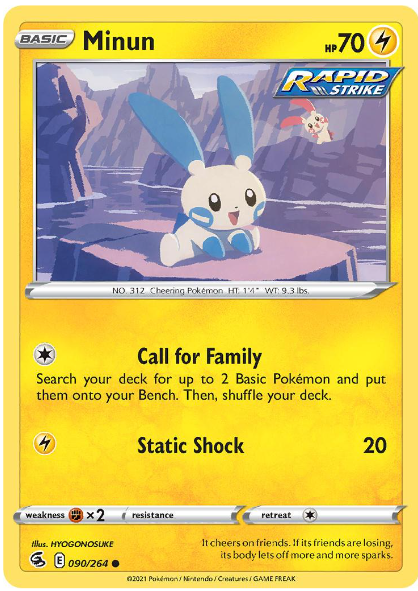
With so many ways to discard our hand, we need to play more recovery cards than usual. VS Seeker, Pal Pad, and Super Rod are all fairly common sights, but to guard against discarding evolution Pokémon and needing them later, as well as to recycle key Pokémon or tools, the deck also plays Miriam, Roseanne’s Backup, and Lana’s Fishing Rod. These might seem like odd choices, but to see why they’re strong here, we need to familiarise ourselves with the main attackers.
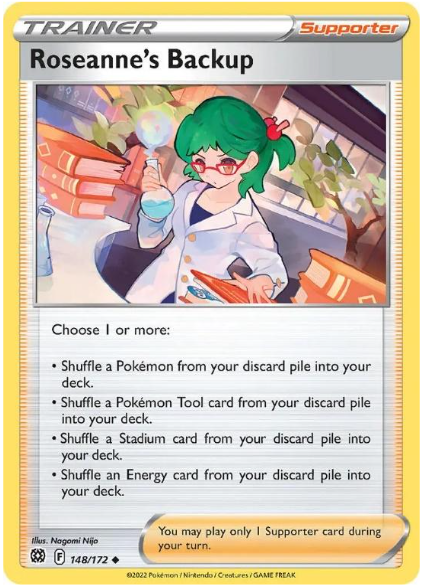
Attackers
Some of my favourite attackers in this deck are Plusle and Minun, who not only play nicely together, but also inform many of the other deckbuilding choices made. Minun offers a Call for Family attack to search two Basic Pokémon from the deck to your Bench, and Plusle’s Spark Duo attack deals 120 damage for only one colourless energy if Minun used an attack during your last turn.
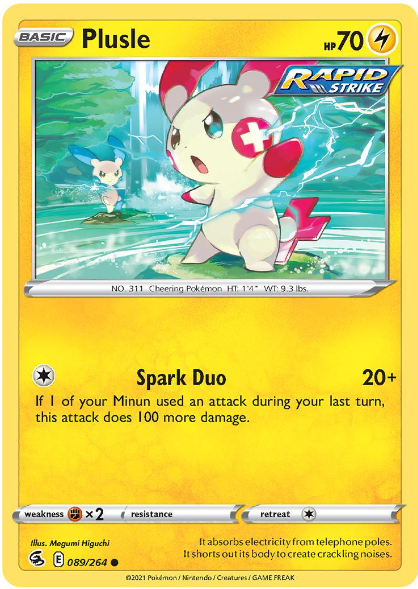
The key part here is that Minun can use other attacks than just Call for Family and Static Shock. Enter the Rapid Strike Scroll of the Skies! For a single tool attachment and two Energy, any of the Rapid Strike Pokémon in the deck (including Shinx, Luxray, and even Blitzle) can deal 10 damage, plus 50 more damage for each energy attached to your opponent’s Active Pokémon! This can allow these tiny 60- and 70-HP Basic Pokémon to lay low the biggest attackers in your opponent’s list, which is a lot of fun.
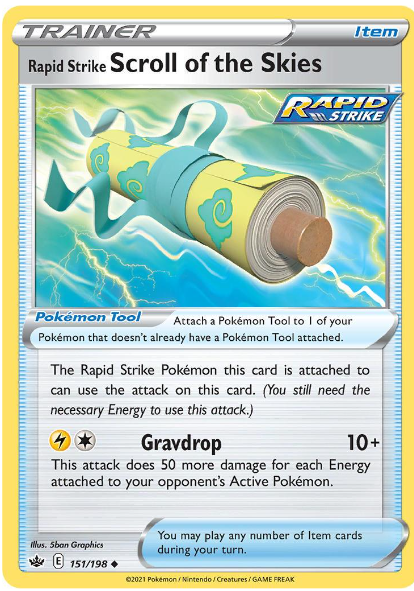
When working in a more traditional mode, the deck wants to attack mostly with Zapdos and Regieleki. The synergy between these two attackers comes from Zapdos’ otherwise unimpressive damage output from Thunderous Assault. While it might be good for a donk every so often, typically 80 damage wont’s be taking any KOs by itself, so the residual 40 damage snipes from Regieleki’s Teraspark can really come in handy to finish off a weakened target after they have retreated or been forced to the Bench by the effect of Escape Rope, Guzma, or Boss’s Orders. The fact that Thunderous Assault and Teraspark can combine like this in any order to take KOs is also very useful for the opportunistic nature of the deck.
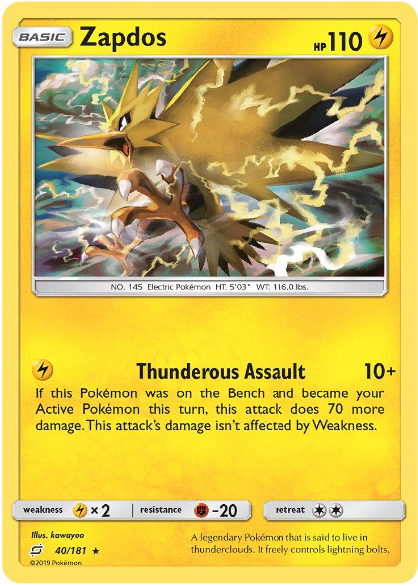
To capitalise on the relatively slow chip damage set up by these Pokémon, Galvantula and Luxio offer some more unique choices to finish off damaged targets, or to set up damage on your opponent’s board. Luxio can be especially powerful against an unsuspecting opponent, dealing 90 damage to each of their Pokémon with a Tool attached – especially hazardous to support Pokémon like Octillery, Kirlia, or Jirachi, who might have picked up a Float Stone or Air Balloon early in the game. Galvantula is definitely the quirkiest choice, but an early game Double Thread attack hitting for both Grass and Lightning Weakness can lock up some games extremely fast – especially against Water, which can actually be a very difficult matchup, as they can match or outpace your speed with their strong setup Pokémon.
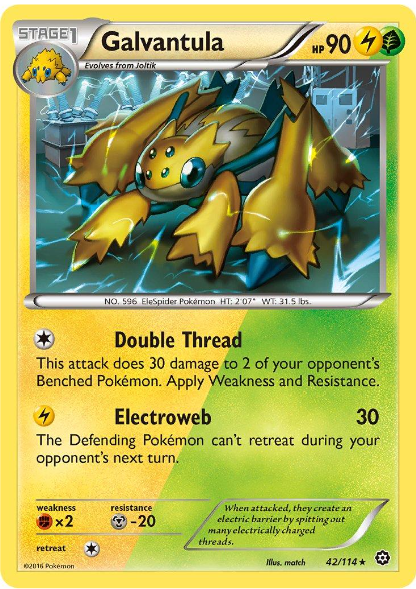
Finally, the heavy-hitters (besides Minun with a Scroll). Luxray has a respectable 150 HP – high for a Lightning type – and can deal 200 damage for only two Energy against a target with any existing damage counters, while also contributing to the semi-spread strategy, finishing off key targets with a 40 damage Electrostep. Eelektross can also come in clutch late in the game, converting a bench-sitting Dynamotor into a 160 damage attacker, again for only two energies. Just beware its heavy retreat cost, as Extreme Current discards two attached Energy, which could leave you helpless without a switching card.
Support
The selection of support Pokémon for this deck is very simple – a draw engine and at least one Dynamotor on the field at any given time. To this end, Zebstrika and Electrode will draw cards – Zebstrika being especially useful for enabling the speed the deck requires – and Flaaffy and Eelektrik will bring back any basic energy that happen to be discarded as you race through the deck. The redundancy provided by having two evolution lines available for each task also really helps to protect against poor prizing, as you’ll usually have at least one option available for each task.
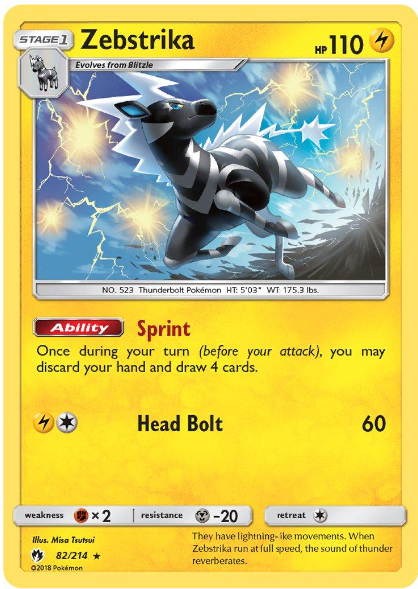
To conclude this overview of the deck, the last things to mention are the other Tools, Stadiums and Special Energy. All of these are chosen to boost the speed of the deck. Tool-wise, Air Balloon and Float Stone improve the consistency of attacks with Zapdos, while also helping to shift the 2-retreat Pokémon out of the active. As so many of the Pokémon in the deck are Rapid Strike, Tower of Waters is also a useful retreat aid – moving Minun into Plusle for example, if it isn’t KO’d after its first attack. Every Special Energy also serves to up the deck’s consistency and speed. Speed Lightning Energy is very useful in the early game, as it can be used to draw a few extra cards while paying the cost for Zapdos’ Thunderous Assault. Capture Energy is most helpful with Minun, to effectively increase the power of its Call for Family, or to find Plusle to follow up on its attack. Finally, Jet Energy can be used in many situations, but is most useful to move a “heavy” Pokémon like Regieleki out of the Active Spot after it discards all its energy by attacking, or to reset Zapdos for another 80 damage hit.
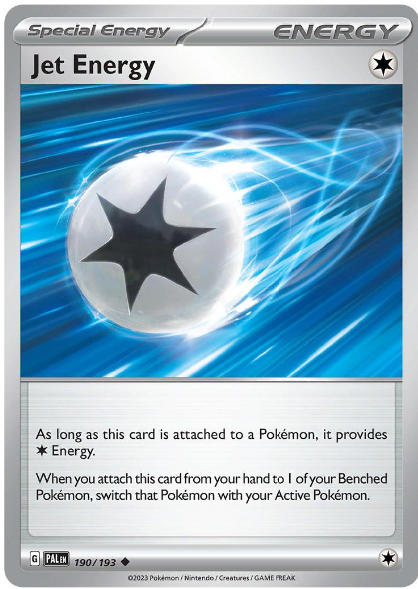
What to Watch Out For
Since the HP of Lightning-type Pokémon is so low, spread matchups can be very difficult. This is especially obvious looking at the Joltik and Tynamo chosen for this deck, trading out 10 HP (down to only 30 each) to have free retreat. In this matchup, the extra speed built into this deck’s strategy is very important, as with an aggressive enough start, a spread deck cannot get set up, and most of the Pokémon have low HP – negating Lightning’s typical weakness of not hitting hard enough. Speaking of not hitting hard enough, this challenge can be exacerbated by damage reduction, especially board-wide effects like Leavanny. In this case, once again, the ideal answer is speed, but this isn’t always possible. If an effect like this comes into play, the only real response is to try and find the hardest-hitting options to push through for a KO – Luxray, Scroll of the Skies, or Eelektross. Lastly, a challenge built into the deck itself – deckout. Zebstrika’s Sprint is useful to power through and find the cards you need, but always be mindful of what cards you’re throwing away to do this, and whether you’ll be able to recycle them back into the deck for later use. In this respect, Miriam returning a full five Pokémon to the deck can really help give you just a couple extra turns to get some final KOs.
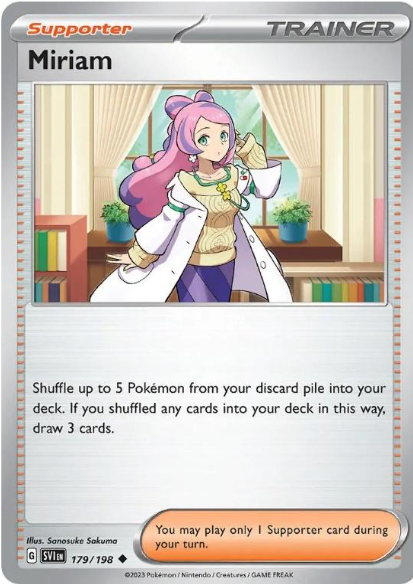
Closing Thoughts
Obviously, the thing that stands out most about this deck is the absence of amazing Raikou – an extremely powerful card for Lightning. This was a deliberate choice when building the deck, as due to its odd energy cost as an Amazing Rare Pokémon, it really needs to have the entire deck built around it. In terms of additions or changes that could be made to this deck, it could definitely be taken in a more focused spread direction by adding Electivire BRS 047 for its powerful High-Voltage Current attack – in fact, this deck was originally built with much more of a pure-Lightning spread angle in mind, before pivoting to a lower-maintenance collection of 1- and 2-Energy “Opportunist” attackers.
Kilowattrel SVI 079 would also be strong in bringing the deck back to a spread/snipe style, with Skill Dive hitting 50 damage on any of your opponent’s Pokémon, along with Thunder Blast giving a high-power direct attack. Unfortunately, Kilowattrel does only have 120 HP – pretty low for a Stage 1. Flying Flip Tapu Koko is always a strong pivot/ pinch attacker as well, with the advantage of being a Basic Pokémon. Finally, the Supporter card choice is definitely tuneable to personal preference – I favour hand disruption, and so have included Marnie and Iono as my main draw options. There is definitely space to shift these either in favour of a pure-search Supporter setup, adding Volkner for example, or to include a Professor’s Research or a Colress for stronger draw.
I hope you found this deck overview interesting, and good luck if you decide to build this deck yourself. Thanks for reading and have fun playing Gym Leader Challenge!
As a note – if you want to submit this as a list for GLC on Limitless for a tournament, the Galvantula won’t submit correctly. Just get in touch with a CBW Team member and we’ll tell you what to do to get around this.
Deck List
https://cardboardwarriors.net/decks/Spark-Assault---Opportunist-Lightning-64bb1b32a4aeb87cf80cebf6
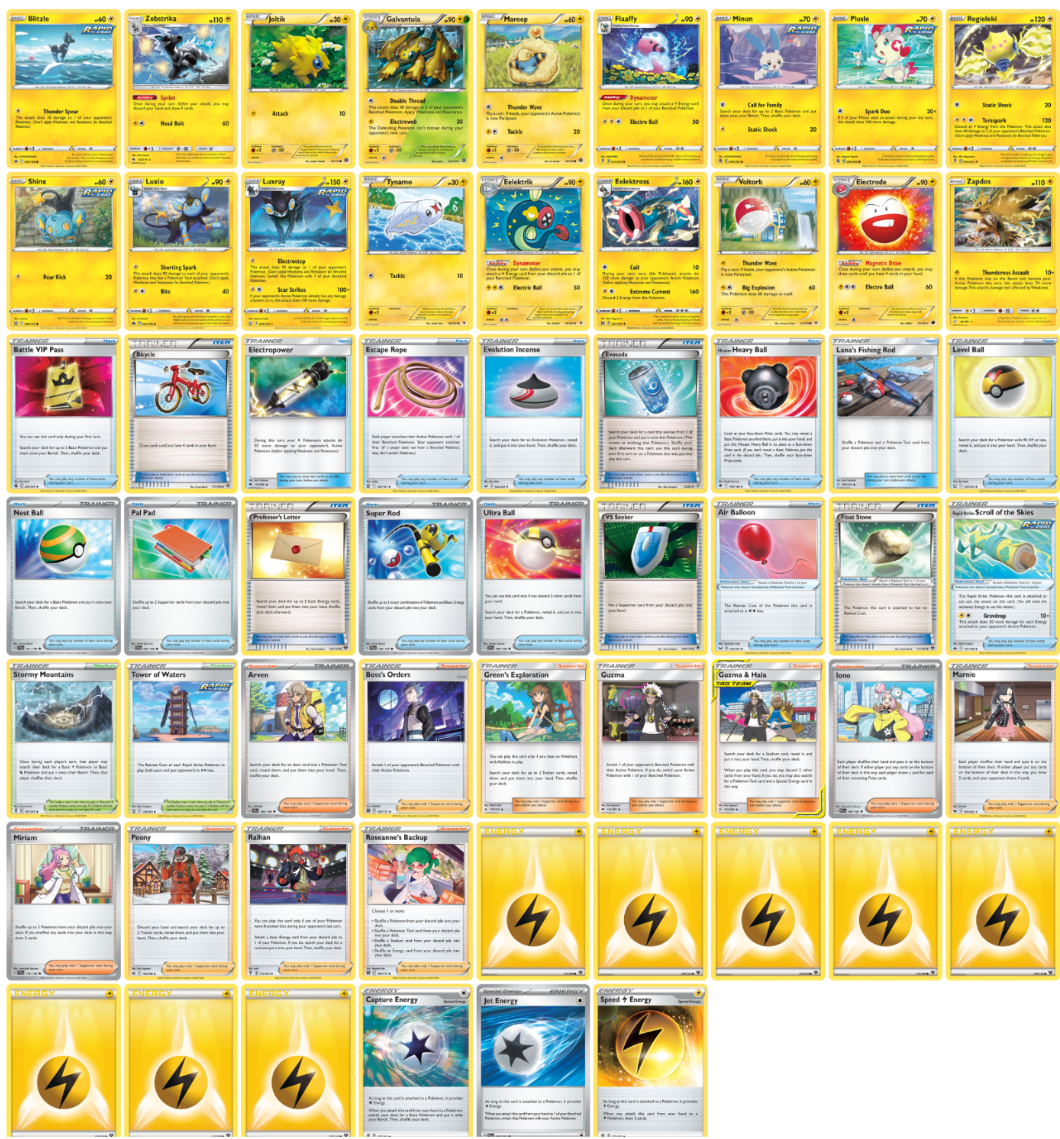
- 1 Blitzle CRE 50
- 1 Zebstrika LOT 82
- 1 Joltik STS 41
- 1 Galvantula STS 42
- 1 Mareep STS 38
- 1 Flaaffy EVS 55
- 1 Minun FST 90
- 1 Plusle FST 89
- 1 Regieleki EVS 60
- 1 Shinx BST 46
- 1 Luxio CRZ 42
- 1 Luxray BST 48
- 1 Tynamo NVI 39
- 1 Eelektrik NVI 40
- 1 Eelektross LOR 61
- 1 Voltorb ROS 21
- 1 Electrode PLF 33
- 1 Zapdos TEU 40
- 1 Battle VIP Pass FST 225
- 1 Bicycle PLS 117
- 1 Electropower LOT 172
- 1 Escape Rope BST 125
- 1 Evolution Incense SSH 163
- 1 Evosoda GEN 62
- 1 Hisuian Heavy Ball ASR 146
- 1 Lana's Fishing Rod CEC 195
- 1 Level Ball BST 129
- 1 Nest Ball SVI 181
- 1 Pal Pad SVI 182
- 1 Professor's Letter XY 123
- 1 Super Rod PAL 188
- 1 Ultra Ball SVI 196
- 1 VS Seeker PHF 109
- 1 Air Balloon SSH 156
- 1 Float Stone BKT 137
- 1 Rapid Strike Scroll of the Skies CRE 151
- 1 Stormy Mountains EVS 161
- 1 Tower of Waters BST 138
- 1 Arven SVI 166
- 1 Boss's Orders BRS 132
- 1 Green's Exploration UNB 175
- 1 Guzma BUS 115
- 1 Guzma & Hala CEC 193
- 1 Iono PAL 185
- 1 Marnie SSH 169
- 1 Miriam SVI 179
- 1 Peony CRE 150
- 1 Raihan EVS 152
- 1 Roseanne's Backup BRS 148
- 8 Lightning Energy XY 135
- 1 Capture Energy RCL 171
- 1 Jet Energy PAL 190
- 1 Speed Lightning Energy RCL 173